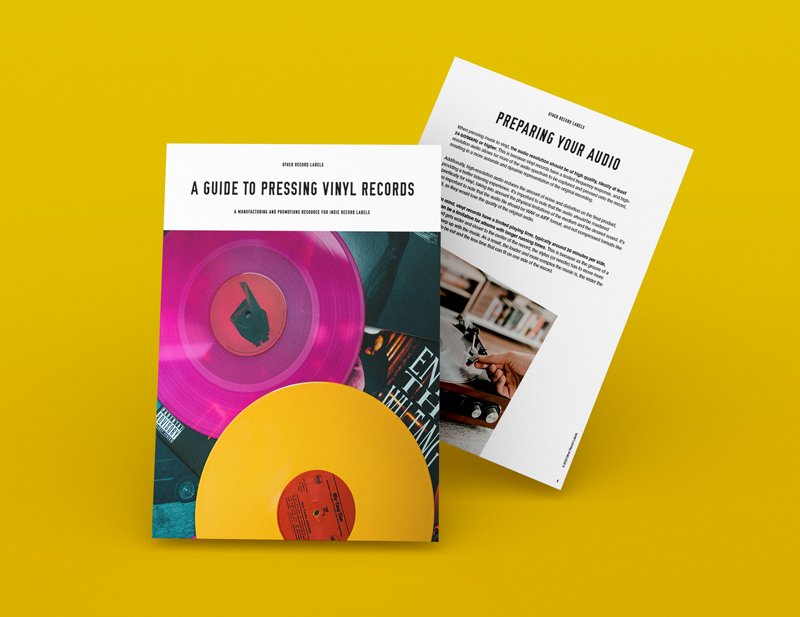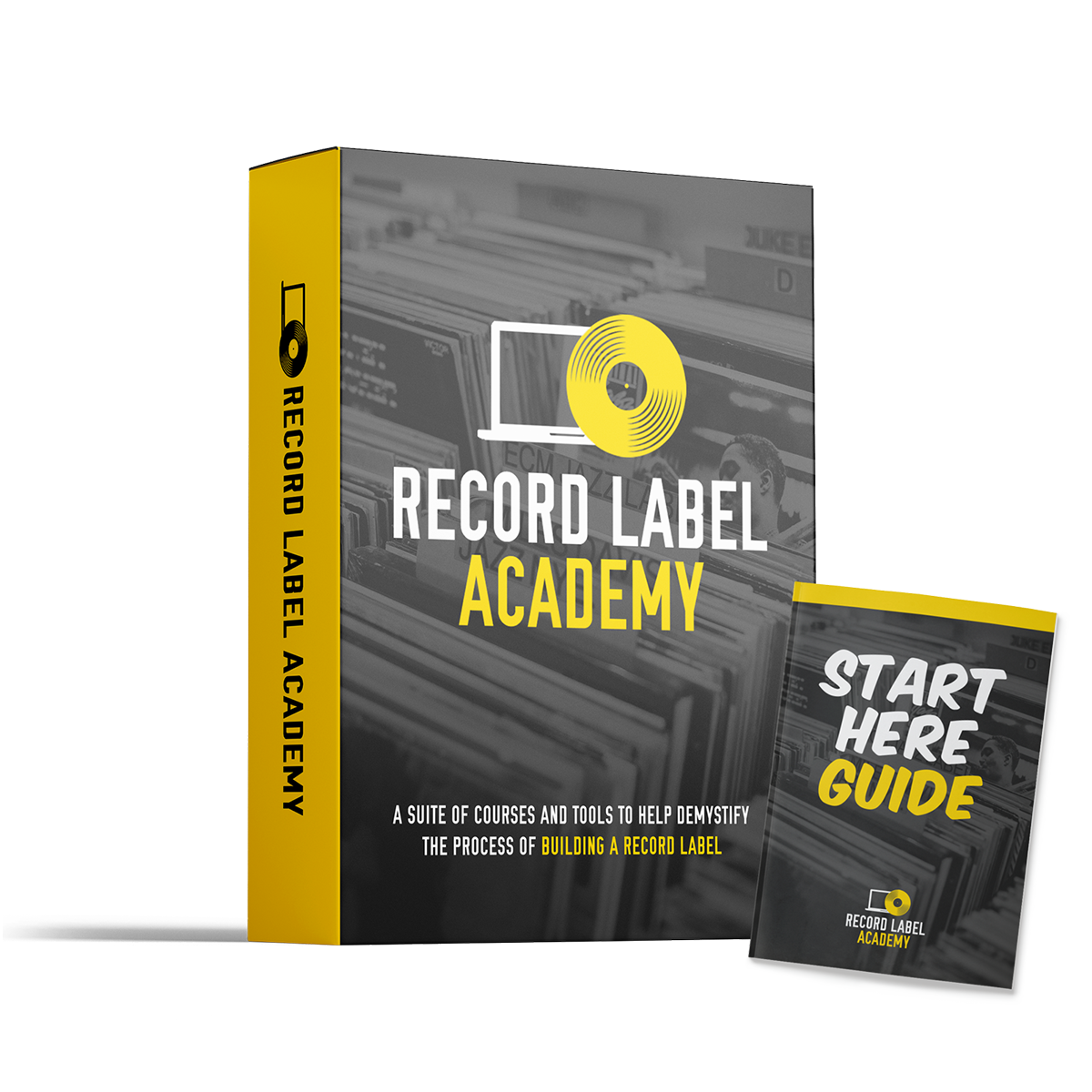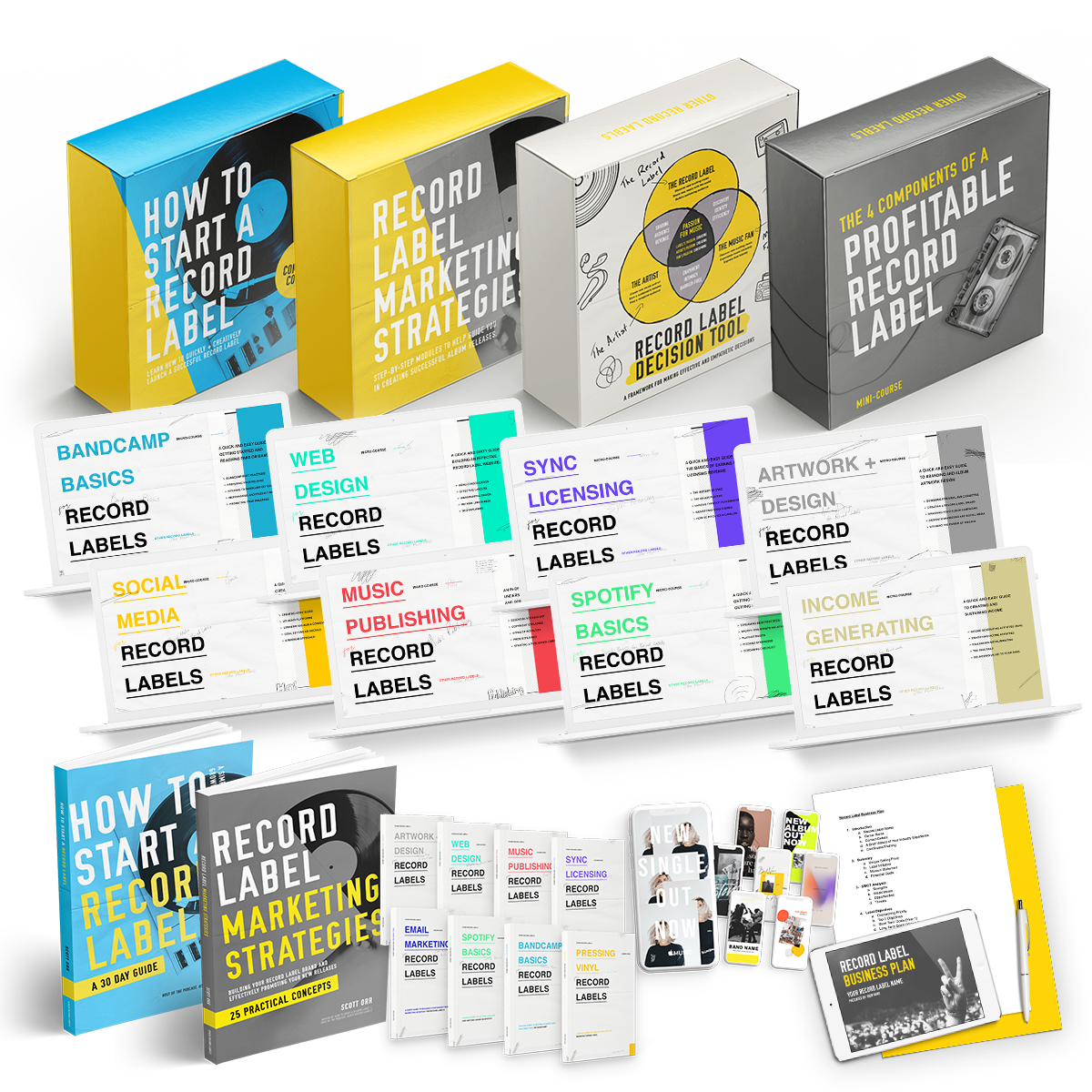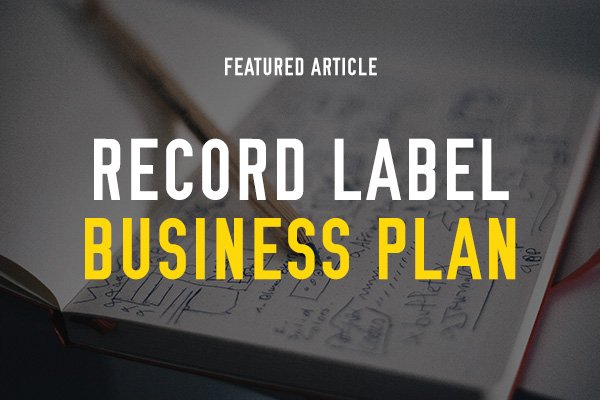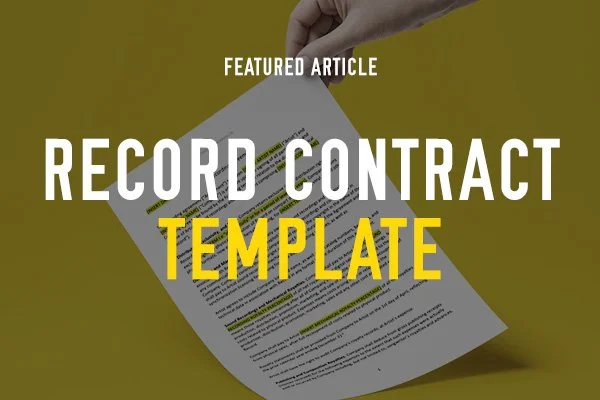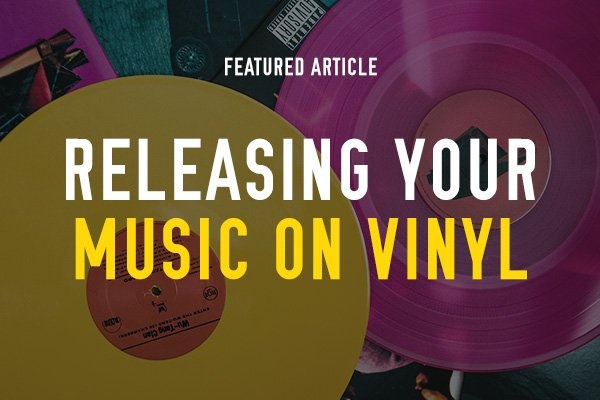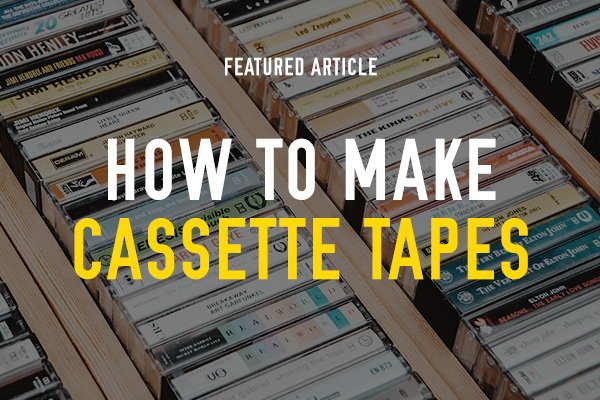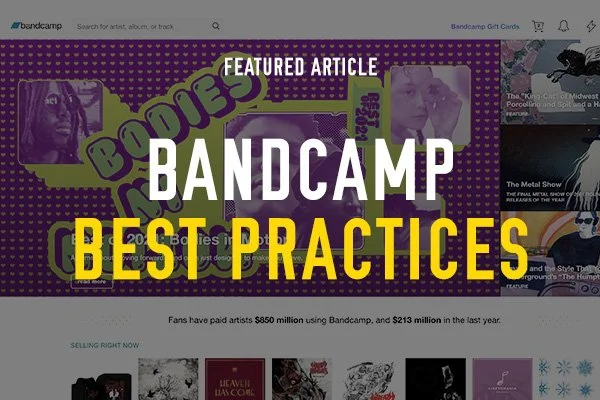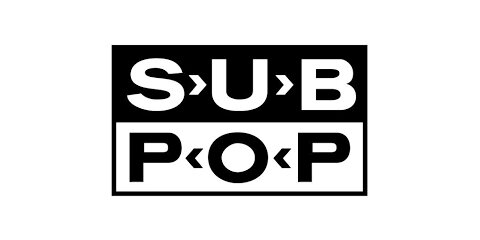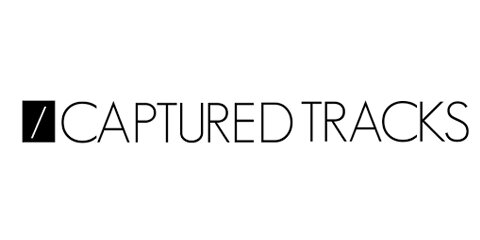
The History of
Vinyl Records
Vinyl records, with their rich, warm sound and iconic album artwork, have held a special place in the hearts of music enthusiasts for decades.
The history of vinyl records is a fascinating journey through the evolution of music formats, from the humble beginnings of wax cylinders to the modern resurgence of vinyl in today's digital age. In this article, we will explore the milestones that shaped the history of vinyl records, tracing their path from post-wax cylinders to the current vinyl craze.
This article was brought to you by Hellbender Vinyl
A Short History of Vinyl
A Sonic Journey Through the Resilience and Resurgence of Vinyl Records
1. Life before vinyl (1920s - 1930s)
Before vinyl records emerged, the world of recorded music navigated through various formats, including the fragile wax cylinders and the durable but limited shellac records.
These early formats posed challenges in terms of durability, storage, and overall listening experience. The limitations of these formats set the stage for the innovation that would revolutionize the music industry – the advent of vinyl.
2. Vinyl is born (1940s - 1950s)
The 1940s and 1950s marked a transformative period in the history of recorded music with the introduction of the 33 1/3 RPM long-playing (LP) records. This innovation allowed for extended playtime and showcased a significant improvement in sound quality.
Simultaneously, the 45 RPM single became popular, offering a convenient format for hit songs. The vinyl revolution was underway, reshaping how people consumed and experienced music.
3. The golden years (1960s - 1980s)
As the 1960s unfolded, vinyl records became the dominant medium for music consumption. The format's success was not only attributed to its durability but also to technological advancements in vinyl production. The introduction of stereo sound added a new dimension to the listening experience.
Album art and packaging became integral components of the music industry, allowing artists to express their creativity beyond the auditory realm. The 1970s and 1980s marked the golden age of vinyl, solidifying its place as the primary music format.
4. The end is near (1980s - 1990s)
The late 1980s and 1990s brought significant challenges to the vinyl industry. The rise of cassette tapes and compact discs presented consumers with more compact and portable alternatives.
Vinyl faced economic and environmental challenges in production, leading to a decline in sales and overall interest. Many record labels shifted their focus to the emerging digital formats, relegating vinyl to a niche market.
5. The comeback (2000s - present)
However, the story of vinyl does not end with its decline. In the early 2000s, a surprising resurgence occurred. Vinyl collectors and enthusiasts, driven by a passion for the format's unique qualities, started to reclaim vinyl records. Online communities and social media played a pivotal role in connecting like-minded individuals, fostering a resurgence of interest in vinyl.
Record Store Day, an annual event celebrating independent record stores, further contributed to the revival by releasing exclusive vinyl editions.
5. The future of vinyl (2024 - beyond)
What keeps vinyl relevant in the digital age? Nostalgia undoubtedly plays a role, as vinyl records evoke a sense of timelessness and authenticity. The tactile nature of handling vinyl, examining album artwork, and the unique sound produced by a stylus navigating the grooves contribute to a multisensory experience.
Not only are boomers and Gen Xers enjoying vinyl again; the younger generations are also scooping up vintage copies of Marvin Gaye and buying Taylor Swift records by the truckloads! Vinyl has become more than a format; it is a tangible piece of music history.

This history of vinyl.
The history of vinyl records is a testament to the enduring power of music and its ability to transcend technological shifts.
From the early days of fragile cylinders to the contemporary vinyl craze, this journey reflects not only changes in technology but also shifts in how we perceive and experience music.
Vinyl's resurgence in the modern era showcases a profound appreciation for the tangible, the nostalgic, and the authentic – qualities that continue to make vinyl records an integral part of the ever-evolving landscape of music consumption.
As we look back on the grooves of the past, vinyl remains a symbol of the enduring connection between music and the human experience.
GRAB MY FREE GUIDE TO PRESSING VINYL…
Lessons from the history of vinyl…
The history of vinyl records offers valuable lessons for indie artists and record label owners today:
Diversify Your Formats:
Don't rely solely on digital distribution.
Consider releasing physical copies, including vinyl, to cater to the many different ways fans connect with music.
Invest in Quality:
Emphasize high-quality production for physical releases. Audiophiles and collectors appreciate attention to detail in mastering, pressing, and packaging.
Vinyl is a luxury for fans… so make it worth the cost!
Engage with Your Audience:
Leverage online communities and social media to connect with your audience.
Learn what types of physical product they value most, the features, artwork, cost, etc…
Artwork Matters:
Invest in captivating album artwork.
Vinyl's larger canvas allows for visually stunning designs that can enhance the overall appeal of your music.
Limited Editions and Exclusivity:
Consider releasing limited editions or exclusive variants for your fans.
This scarcity can create a sense of urgency among fans and collectors, driving interest in your releases.
Participate in Events:
Take advantage of events like Record Store Day to promote your music.
Collaborate with local record stores for special releases or performances to engage with your community.
Explore Colored Vinyl and Unique Formats:
Experiment with colored vinyl or unique formats. This adds a distinctive touch to your releases, making them more memorable for fans.
For a lot of fans, vinyl isn’t necessary to listen to the music. For them it is a way to celebrate the album. So make the vinyl package special, like a celebration!
Music IRL:
When so much of our lives exist online or on a screen, we begin to appreciate more of the analog parts of life....
Vinyl's resurgence is partly driven by a desire for a tangible connection to music. Consider how your music and branding can tap into this sentiment.
Think Big:
For a lot of artists and labels, vinyl can represent a significant portion of their revenue.
Be sure to press the most profitable quantities, create high-price bundles for diehard fans, and make your test pressings available for sale!
Authenticity Sells:
Be authentic in your approach. Vinyl enthusiasts often appreciate the sincerity and genuine passion behind the music.
Share your story and connect with fans on a personal level.
By drawing inspiration from the history of vinyl records, indie artists and label owners can find innovative ways to connect with their audience, create memorable experiences, and stand out in an ever-evolving music industry.
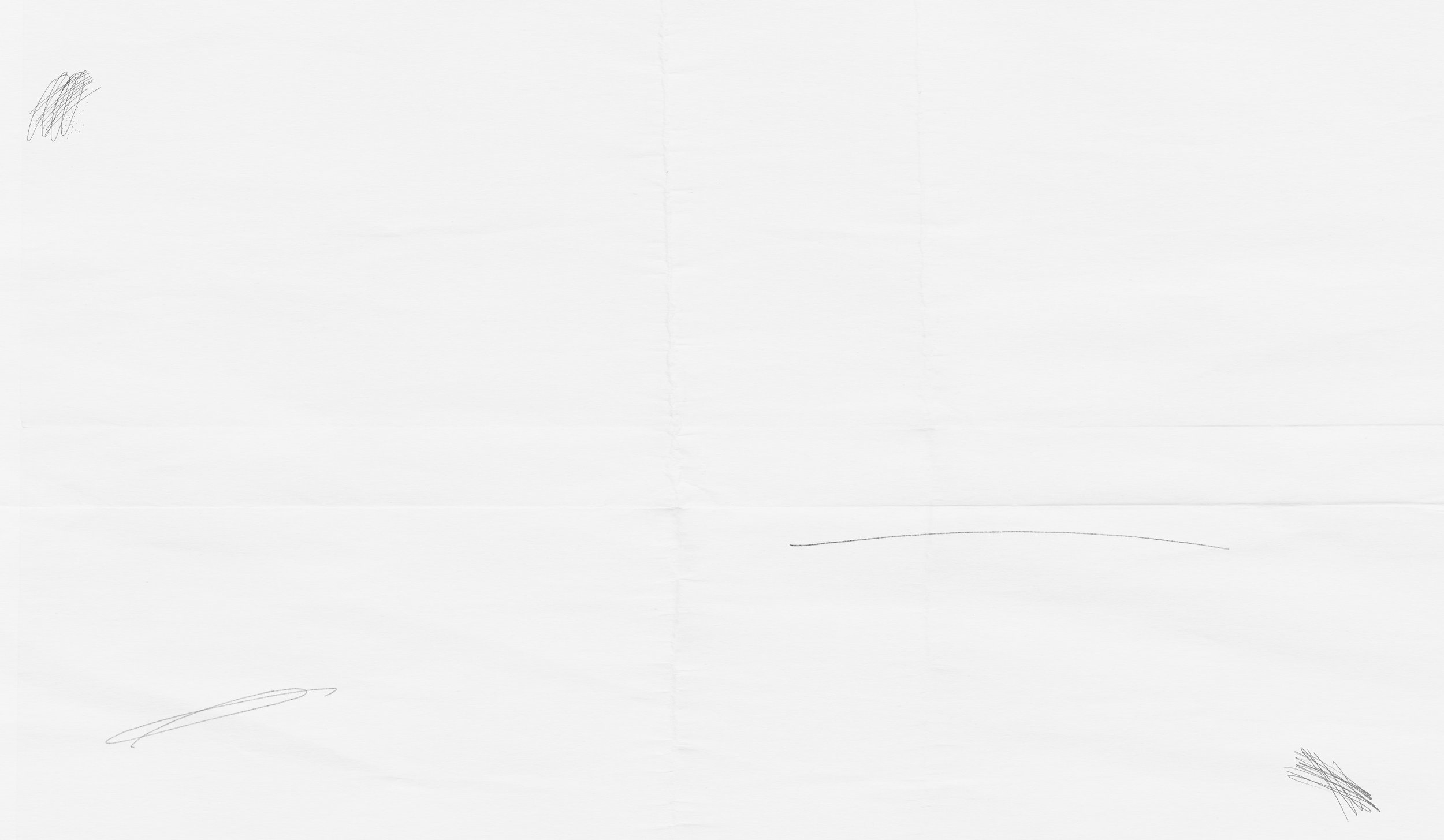
RECORD LABEL
ACADEMY
The Complete A to Z of Building and Growing an Independent Record Label.


RECORD LABEL
ACADEMY
Instant Lifetime Access to all our courses, books, and templates!
-
How to Start a Record Label (Online Course)
Record Label Marketing Strategies (Online Course)
Record Label Decision Tool (Online Course)
Profitable Record Label (Online Course)
All 8 Micro Courses
All 8 Micro eBooks
How to Start a Record Label (eBook)
Record Label Marketing Strategies (eBook)
Tons of bonus templates and extra resources
Vinyl Records
Fun Facts
Latest Sales Numbers
In 2023, fans purchased over 5.9 Million vinyl records!
The first 12” record
The first 12-inch vinyl record was released in 1931 by RCA Victor. It featured a performance of Beethoven's 5th Symphony split across multiple sides.
Vinyl in Space
The Voyager Golden Record, launched in 1977 on the Voyager spacecraft, contains a selection of Earth's sounds and music, including Chuck Berry's "Johnny B. Goode." It's now traveling through interstellar space.
Why 12 inches?
This likely had to do with US market driving the product forward, picking a common size like 1 foot (12 inches).
Unplayed vinyl?
According to some studies, nearly half of all records sold are not played, and our left untouched.
The 20 inch record?
The Neophone Company of London tried a 20-inch disc back in 1904 to boost running time, but it suffered from noisy fidelity (even by 1904 standards) and the scarcity of oversize turntables necessary to spin the platter.

Helpful Articles for Record Labels
Other Record Labels Podcast
Featuring interviews with…








